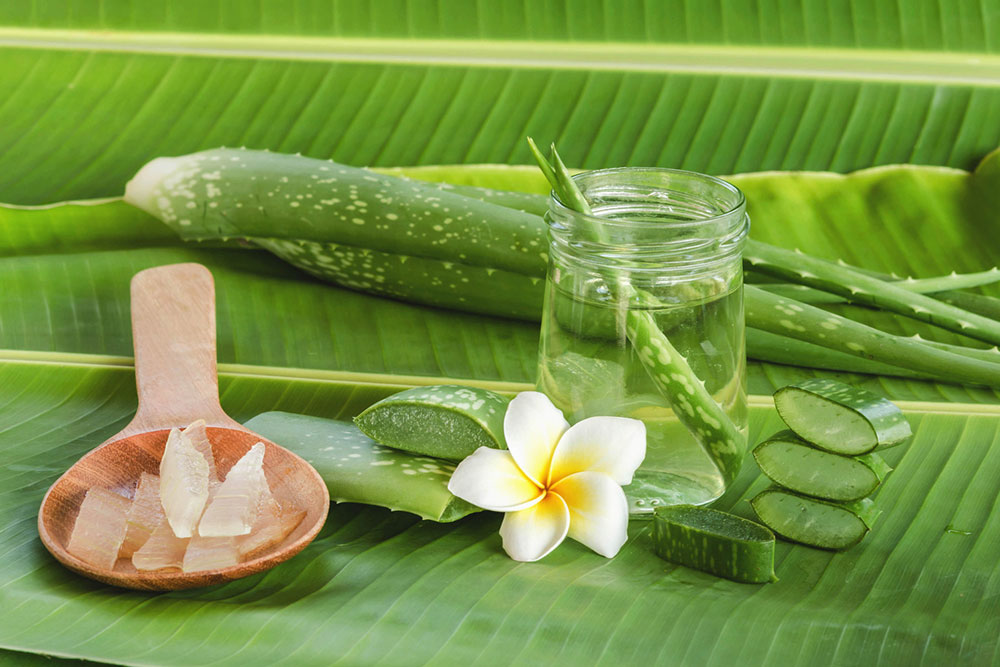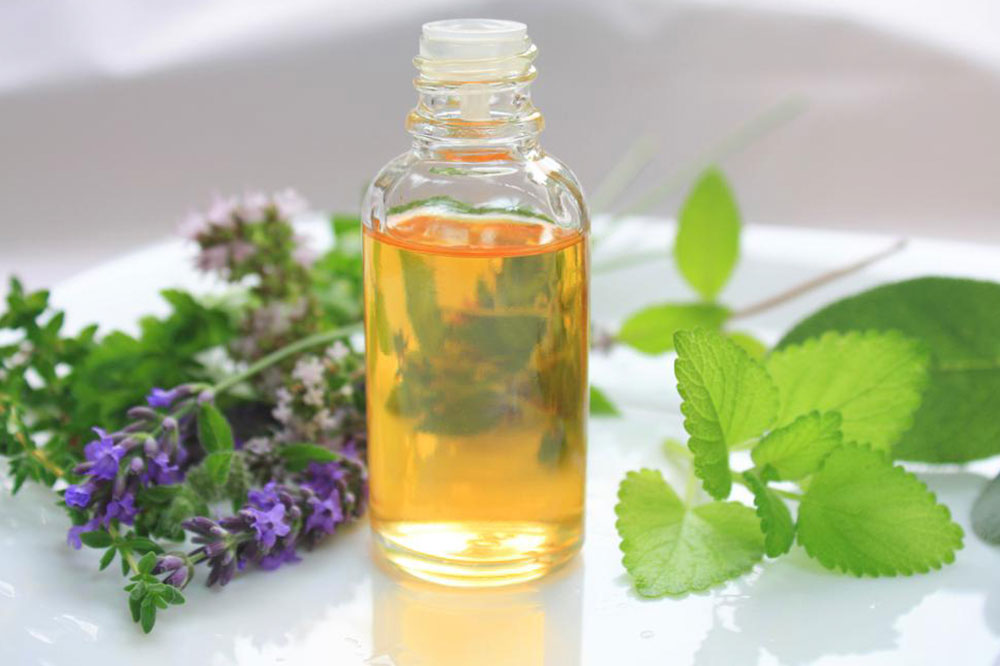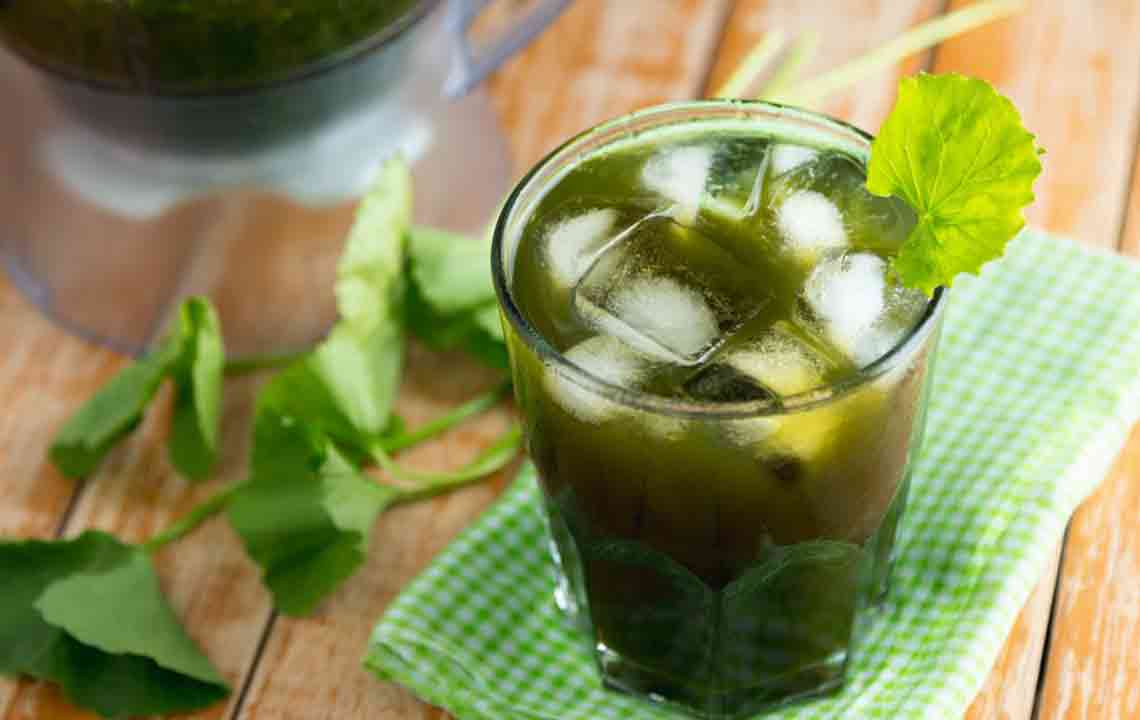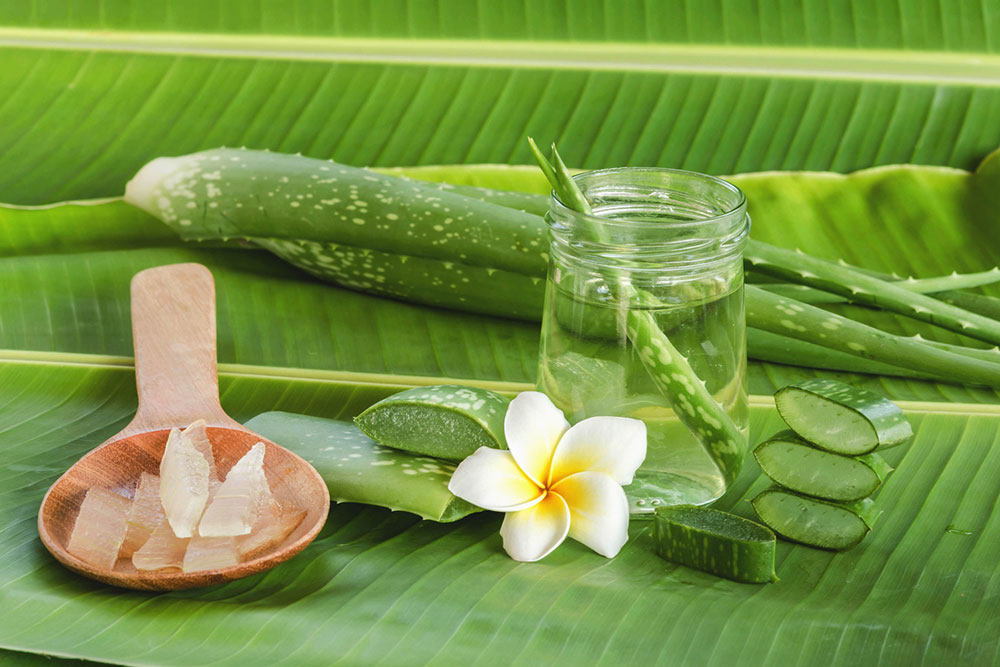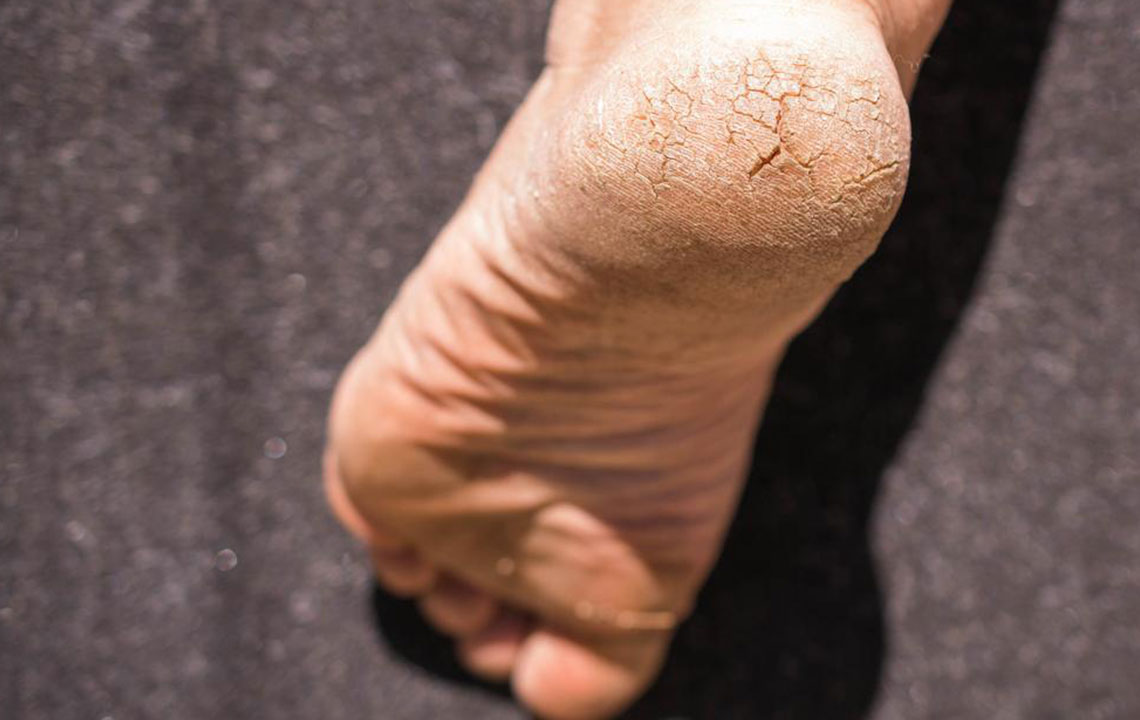Holistic Approaches to Alleviate Body Discomfort Naturally
Discover effective natural strategies to alleviate body pain, including herbs, mindfulness, and home remedies. These methods can help reduce inflammation and discomfort without side effects. Consult healthcare providers for persistent or severe pain. Incorporate holistic practices like turmeric, ginger, massage, and yoga to promote pain relief and improve quality of life naturally.

Holistic Strategies for Natural Body Pain Relief
Experiencing body discomfort can stem from various factors, including exhaustion, prolonged bad postures, or underlying health issues. While over-the-counter medications offer quick relief, they may have adverse effects over time. Natural options like herbs, essential oils, and alternative therapies present effective relief without side effects. Here are some proven natural methods to soothe pain:
Turmeric
Turmeric possesses anti-inflammatory and pain-relieving properties thanks to an active compound called Curcumin. A study in 2014 demonstrated that Curcuma extracts can match Ibuprofen's effectiveness in managing osteoporosis pain when used consistently for at least four weeks.
Adding turmeric to meals—like smoothies, soups, or curries—can help reduce inflammation and pain.
Ginger
Ginger is widely known for its natural pain-relief qualities. Research from 2015 indicates that consuming about 2 grams of ginger daily can modestly ease muscle soreness caused by intense physical activity, especially when taken for five days or more.
Cloves
Traditionally used for toothache relief, cloves have shown promise as topical agents. A 2006 study suggest that clove gel might serve as an alternative to benzocaine for local pain relief. Further research may reveal additional anti-inflammatory and antimicrobial benefits.
People are increasingly turning to mindfulness and meditation to manage pain naturally. Although more scientific evidence is needed, initial studies indicate that these practices can enhance quality of life and aid in pain management.
Massage Therapy
Massage remains one of the most favored natural pain relief methods. Proper massage techniques enhance tissue relaxation, reduce stress, and alleviate nerve compression. Using anti-inflammatory oils, such as warm mustard oil, can be particularly beneficial for muscle pain and cramps.
Warm Compress
Applying a warm compress increases blood circulation and relaxes stiff muscles. It’s especially helpful for muscle stiffness but should not be used on open wounds or severe injuries. Ensure the temperature is safe to avoid burns by using a damp towel or a heated pad carefully.
Salt Water Soak
Yoga
Practicing yoga may help relieve lower back and neck pains, according to the NCCIH. While evidence for other conditions like arthritis or fibromyalgia is limited, yoga remains a gentle option for pain alleviation.
When to seek medical advice?
Natural remedies are beneficial but may not address severe or persistent pain. If pain worsens or is linked to other health issues, consult a healthcare professional. Persistent or unexplained pain warrants a professional evaluation to identify underlying causes and appropriate treatment plans.
While research supports some natural pain relief methods, always consult a healthcare provider before starting any new treatment, especially for chronic or severe pain. Natural options are best used to complement medical advice and to minimize side effects associated with conventional medications. For chronic fatigue or muscle weakness, a professional assessment is recommended.

